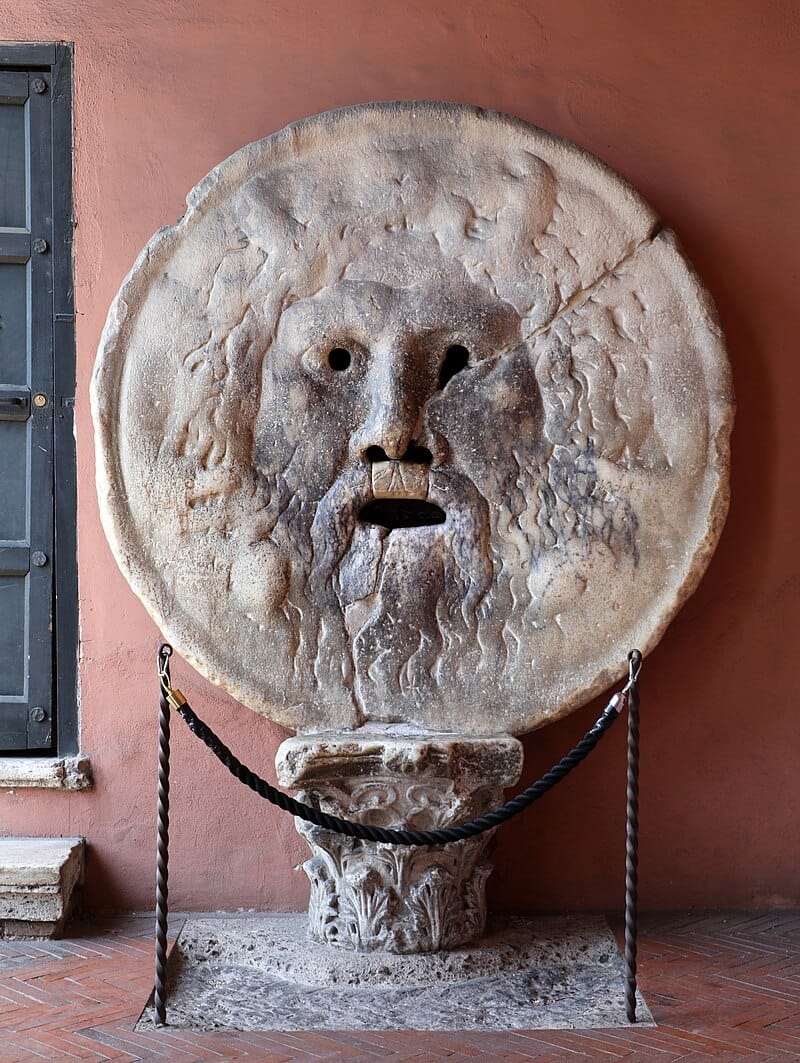The Griselda Story
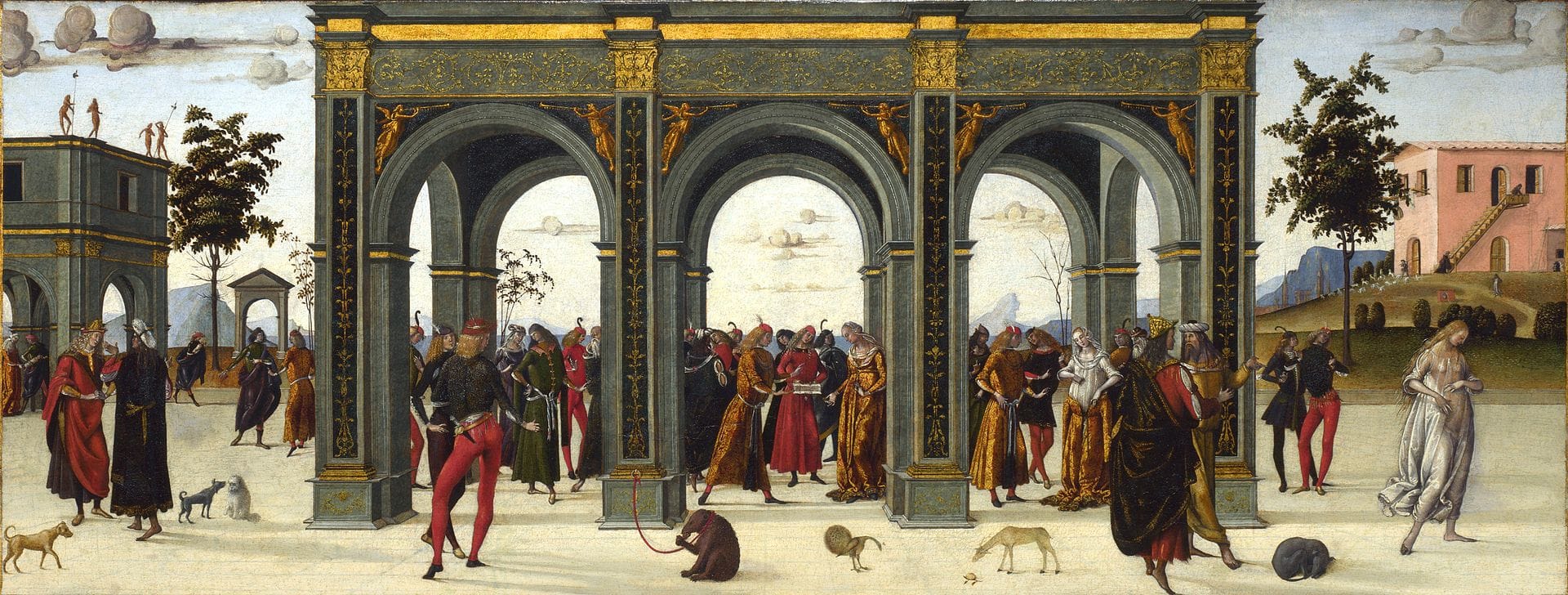
The Patient Griselda story is the most well known example of the "wife testing" genre, where a husband wonders if his wife might be unfaithful to him and so he sets in motion a series of tests for her. The results can go both ways.
Griselda first appears in the last story of Boccaccio's Decameron, which is way beyond implausible. Because she is practically a saint, she passes increasingly horrifying tests with flying colors. In the painting above, Griselda is going into exile after a final test: her husband, Gualtieri, says he has been granted papal dispensation to divorce her and marry another woman. It all ends happily ever after, but there is no doubt the storyteller in Decameron, Dioneo, despises his two main characters.
The story had been in circulation for a while before Boccaccio embroidered it in the early 1350's in Italian. Petrarch ensured it reached a wider readership when he translated it into Latin in 1373 (De Patientia Griseldis), which resulted in local translations all over Europe. Chaucer introduced it to English readers with The Clerk's Tale in The Canterbury Tales at the end of the century.
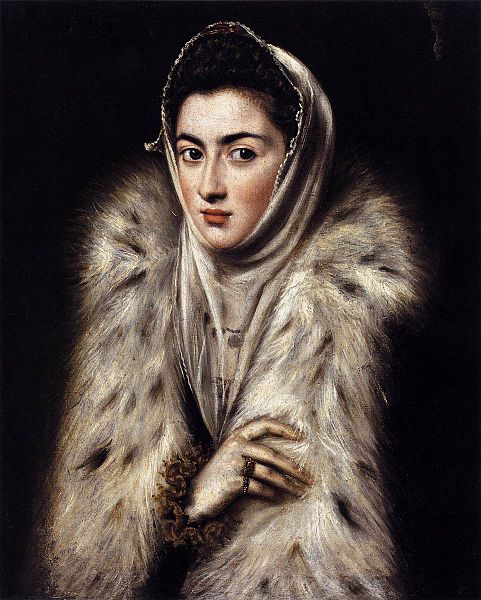
A better version is by Cervantes, El curioso impertinente ("Impertinent Curiosity"), which is one of the side stories in Don Quixote (1605). It is far more sophisticated than Boccaccio's and, like other great sexual fables, it provokes diverse reactions in modern readers and some are surprisingly hostile.
A Florentine nobleman, Anselmo, worries whether his wife Camila will be faithful so he persuades his best friend Lotario (from whom we get the term "Lothario") to attempt to seduce her. If a man is stupid enough to push his wife and his best friend into an affair then he deserves what inevitably happens. Camila and Lotario fall in love and they emerge from the story pretty well, but everyone ends up dead regardless, though not at each other's hand. Interestingly, Shakespeare was exploring the idea of wife-testing around the same time in Othello (around 1603), also from an Italian source, and the King James Bible (begun in 1604) came up with this line in Proverbs 31: "Who can find a virtuous woman? For her price is far above rubies." Indeed.
Who is in the painting above? It is known as A Lady in a Fur Wrap and is believed by some to be by El Greco, from the late 1570's. Others disagree. If it is indeed by El Greco, the next assumption is that it may be his mistress in Toledo, Doña Jerónima de Las Cuevas, whom he never married, perhaps because he was already married, although they had a son together. He died in 1615; she appears to have outlived him.

Staying in Spain, Pedro Calderón de la Barca in the 1630's was critical of the honor code ("pundonor") and how it could lead to "wife-murder": for example in El médico de su honra (The Surgeon of his Honor) "a husband, suspecting his wife of infidelity, causes her veins to be opened. She bleeds to death, washing his dishonor away with her blood" - Richard E. Chandler and Kessel Schwartz. Another of his tragedies is A secreto agravio, secreta venganza (Secret Vengeance for a Secret Insult).
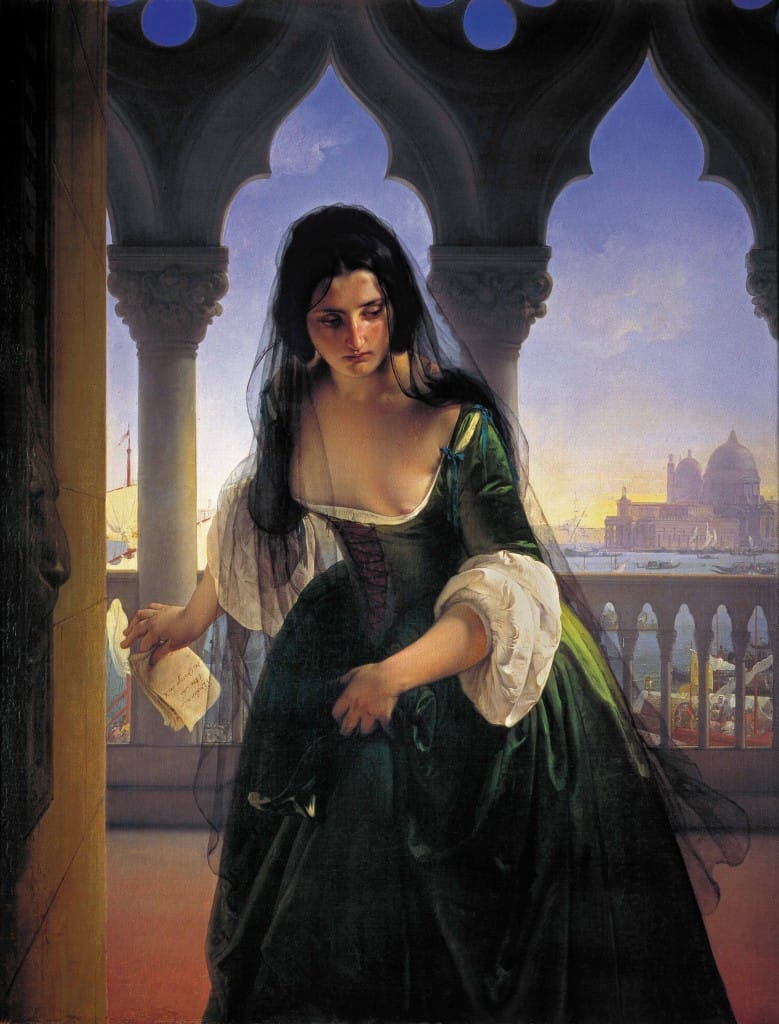
In Germany they took a slightly different approach. A foolproof way to test if a wife was being unfaithful was to have her place her hand in the jaws of the lion. She "confesses only to have lain in the arms of her husband and the fool behind her. Because she is speaking the truth, the lion does not bite off her hand. The fool is, in fact, her disguised lover, but he is not taken seriously by any of the witnesses. The scene alludes to the Roman stone mask "bocca della veritá", which according to legend bites off the hand of every liar." - Wikipedia
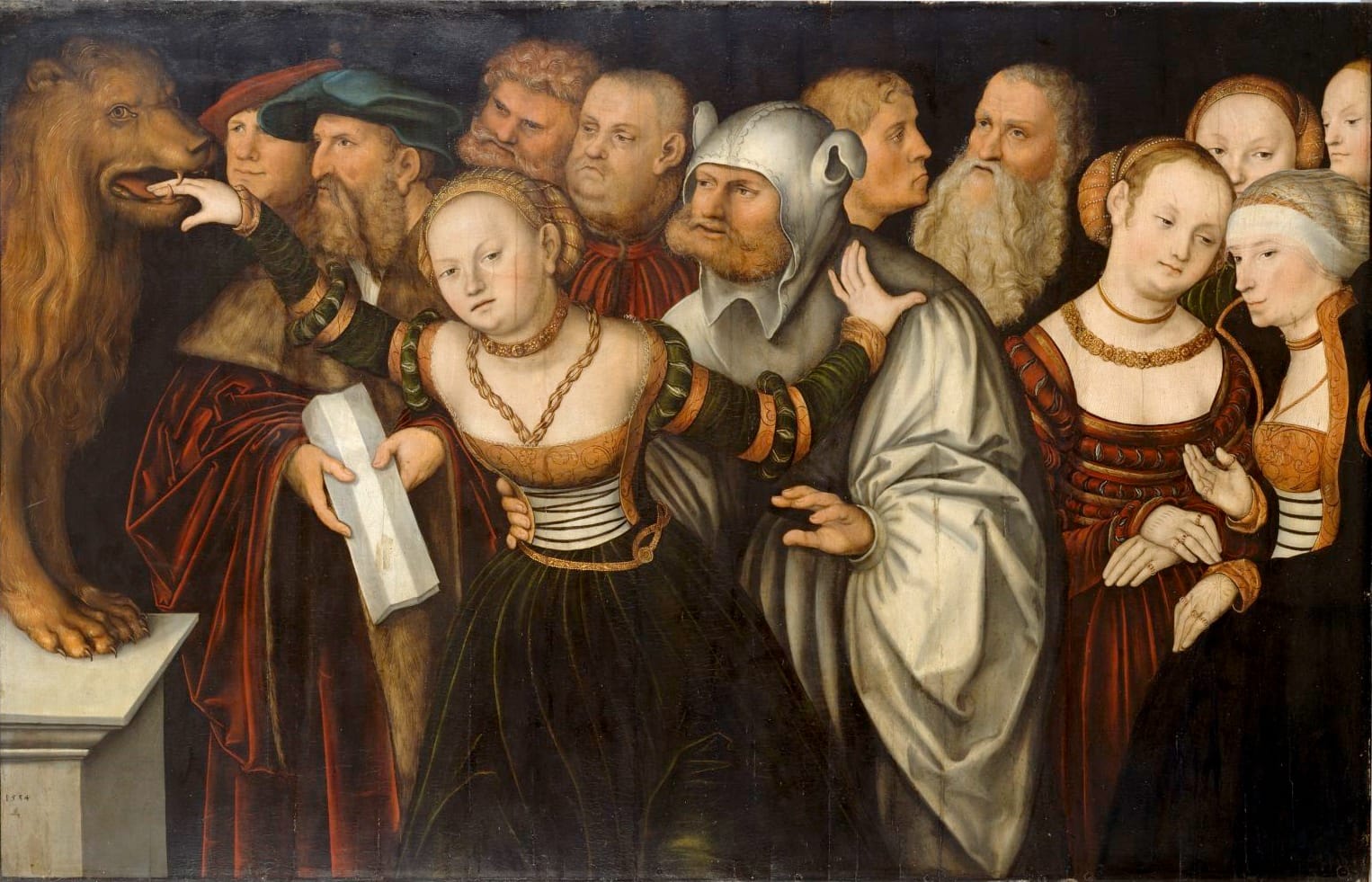
This is the original bocca della veritá at Santa Maria in Cosmedin church in Rome. It pops up in the film Roman Holiday (1953).
